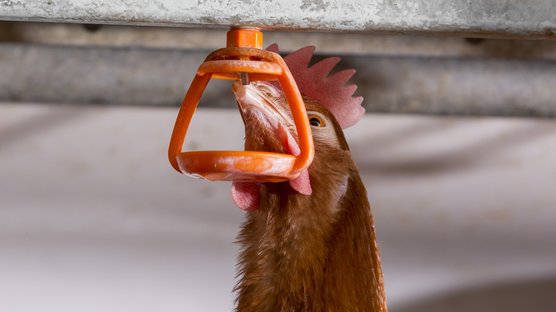
Published on April 3, 2024
The Role of Livability Selection in Laying hens
In the dynamic world of poultry farming, improving livability, a trait that’s hard to select on as it has a low heritability, has long been a challenge. Livability encompasses various factors influencing the survival and wellbeing of laying hen flocks, making it a crucial metric for sustainable and efficient egg production. However, through two decades of dedicated genetic selection, we are pleased to share the genetic progress that we have made in enhancing the livability of laying hens, resulting in a significant reduction in mortality rates all over the globe.
Since the start of animal farming, farmers are mitigating flock mortality rates, which can be influenced by a multitude of factors including genetics, environment, nutrition, and management practices. Despite the inherent complexities, advancements in genetic selection are contributing in tackling this challenge. Genetic selection involves identifying and breeding individuals with desirable traits to enhance the overall genetic makeup of the population. While livability has traditionally been considered a trait with low heritability, continuous efforts in genetic selection have yielded promising results. Through our balanced breeding programs, our intensive field testing programs, and our genomic selection program, our geneticists have identified social and robust families, and genetic markers associated with enhanced livability, enabling the development of highly resilient and robust laying hen lines.
As can be seen from our field tested flocks (check out the chart), the mortality rates in laying hen flocks have been slashed by an impressive 50% over the past two decades. All trough balanced and targeted genetic selection. This steady progress underscores the efficacy of genetic selection in enhancing livability and bolstering the overall health and welfare of laying hens.

In addition to the substantial reduction in mortality rates, recent observations indicate a promising trend towards decreased variation in flock mortality. This trend is particularly significant as it reflects greater uniformity and consistency in flock performance, facilitating more effective flock management strategies. By minimizing variation in flock mortality, egg producers can better anticipate and address potential challenges, ultimately optimizing productivity and profitability, as they will be able to improve the results for every hen that gets housed. It is not just the egg producer that benefits from our balanced breeding approach, improved livability will contribute greatly towards the positive image of a sustainable egg sector.

